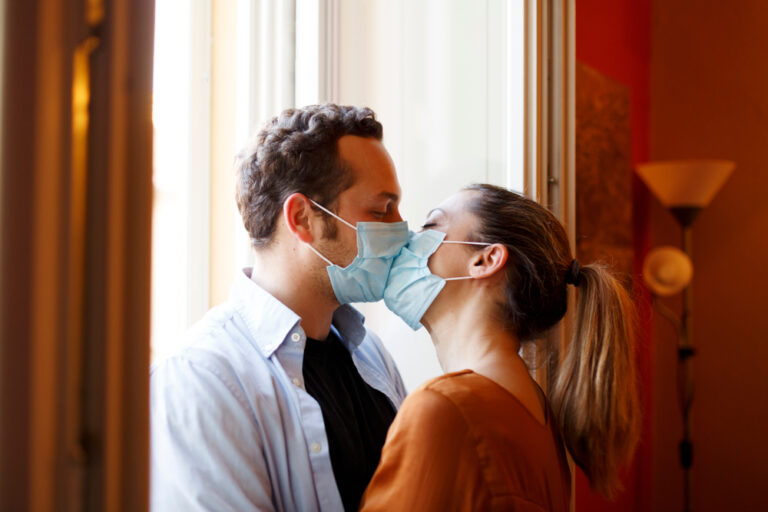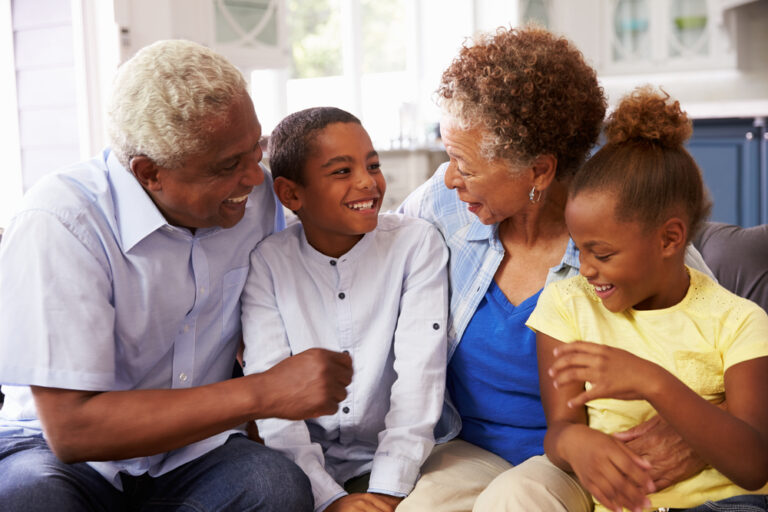
Love is a many splendored thing but this doesn’t mean that the journey to finding and living true love is always easy. People who have been in long-term relationships can tell you that things are not always sunshine and rainbows.
Relationships take time to develop and build. As it happens, there are several stages of a relationship couples usually go through as they switch from single to dating to being a couple and making future plans together. Sometimes, you may feel overwhelmed with emotions, but the good kind, and want to spend all your time with that person. Other times, you reminisce single life and what it was like to have some peace and quiet.
According to psychologist Dr Linda Papadopoulos, every relationship has five stages: infatuation, comfort, questioning, vulnerability and stability, not necessarily in this order. As explained by Papadopoulos in her study, some couples relive the same stages many times throughout their relationships. Some couples lose themselves along the way while others succeed in reaching the much-coveted final stage. Which stage are you in?
See also: How to Build Stronger Relationships in 2021, According to Experts

Stage 1: Infatuation
The infatuation stage, also known as the butterflies in the stomach stage, is the part at the beginning of a relationship which, according to psychologists, lasts between approximately 18 months and three years. Love is blind in this stage. Your only focus is to re-prioritize your life to make room for your love interest, see them as much as possible and spend as much time together as possible.
It’s the stage when you can’t think, can’t concentrate and your heart skips a beat every time you think and see your potential partner. According to the study, 56 percent of individuals in the butterflies stage also reported a higher libido and sexual arousal.
But, like many other seemingly good things in life, too much infatuation can actually be bad. According to Relationship coach Larry Michel, “the most powerful and most common source of infatuation is chemistry, a concoction of brain chemicals and hormones that literally spike our senses and have us falling head-over-heels for someone”. Unfortunately, dopamine, serotonin and testosterone, to name a few of the chemicals involved, are not that reliable when it comes to indicating a long-lasting relationship.
How to keep it real in the infatuation stage: Stay grounded and acknowledge that perfection doesn’t exist, not even when it comes to your new love interest. The moment you accept that everyone has flaws, you will be able to distinguish between who you think they are versus the person they really are, and fall in love with their real persona, recommends relationship coach Marilyn Sutherland.

Stage 2: Comfort
The comfort stage comes with a little bit more awareness and less adoration and blind devotion for your partner. According to researchers, it is the stage when neurochemicals increase your heart rate and reach your pleasure centers. You’re over the honeymoon phase but you still can’t sleep properly and feel anxious, in a happy and giddy way.
It’s like a mix of being on drugs but still lucid somehow. This allows you to build your relationship but still experience some of the butterflies in the infatuation stage.
How to keep it real in the comfort stage: Being an intermediate stage, you still feel slightly infatuated but also able to analyze the prospect of a serious relationship with your love interest. Take this as your opportunity to get to know the other person more and also allow them to discover who you are. Talk about your values, goals and dreams to see if you have something in common and can actually build a future together.
“Focus on the things that work and explore together how you can bridge any significant differences,” Sutherland suggests.

Stage 3: Questioning
After infatuation and comfort, there will come a time when you start questioning your new relationship, not necessarily in a bad way. You just start second-guessing things and give more thought to where your relationship might be heading, if somewhere.
You start wondering if this is what you want, if you can see yourself with them in the long term, if you are compatible enough to last. According to Michel, you need to prove to yourself that the person you’re dating is in fact who you want to spend the rest of your life with (ideally) or you are simply not on the same page when it comes to needs, desires, goals and principles.
How to keep it real in the questioning stage: This stage is not about doubting your relationship, but analyzing it to the point it becomes clear that you can have a future together. The best way to make sure you see things in the same way is to talk about what each of you wants, if your values are in sync and how you can deal with problems that may arise between you two.
“Know that no two people are 100 percent in sync, and commit to working out the differences with loving kindness. Be kind to yourself and them as you navigate any uncertainty,” advises Sutherland.

Stage 4: Vulnerability
“This stage deals with the concept behind how we all put on our best faces; through social media, we edit our lives as well as our pictures to make it appear as though everything is fine,” according to the authors of the study. More than that, it seems that 15 percent of people feel vulnerable and have doubts about being completely open and honest about who they really are, their strange habits and quirks.
But, according to psychologists, vulnerability and honesty are essential in a healthy and stable relationship. It might make you feel more anxious and stressed, but it is also an indicator that you’ve reached an important relationship milestone and managed to successfully move forward with your relationship.
How to keep it real in the vulnerability stage: Talking about your best and worst parts is anything but easy. However, it’s one of the most important things in building a true relationship. Opening up and exposing your vulnerabilities will confirm that you trust each other on a deeper level. “Learn to communicate authentically with love, and accept differences,” says Sutherland.

Stage 5: Stability
After overcoming all the second-guessing, doubts and fears, every couple reaches the stability stage, where you feel safe and satisfied with your choices. Your body is overflown with vasopressin, a hormone that’s also released during orgasm, and you start experiencing feelings of attachment and bonding. The passion might not be the way it was in the infatuation stage, but the feeling of happiness is at its highest in the stability stage.
Some believe the stability stage is the best of all relationship stages. And just because you’re in a stable relationship, doesn’t mean you can’t still feel the butterflies. It’s the stage when major life decisions are taken, like living together, getting married, planning to have children etc. You clearly see your future together and look forward to making your dreams as a couple come true.
How to keep it real in the stability stage: One of the downsides of the stability stage is that sometimes feelings of boredom might creep in. To prevent this from happening, don’t turn your partner into the Sun of your relationship around which all you can do is revolve. There’s life outside your relationship, you just have to go out there and try some things on your own, as well.
You can still go out with your friends, without feeling like you’re doing something wrong. It’s actually healthy not to obsess over your partner and become heavily dependent on them. Try new activities together, share your feelings and love every day but stay independent and live outside of your relationship, as well.
See also: How An Equal Relationship Should Look Like, According to Experts.












































